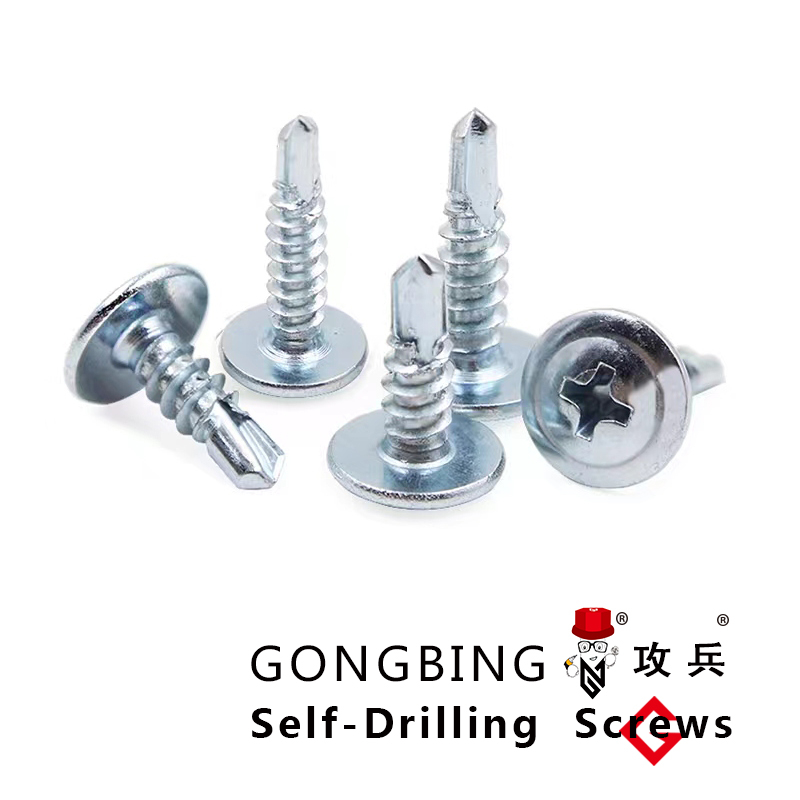High Performance Bolts for Steel Construction Applications and Their Benefits
High Strength Bolts for Steel Structures An Overview
In the realm of construction and engineering, particularly when it comes to steel structures, the use of high strength bolts is crucial. These fasteners play a significant role in ensuring the safety, durability, and integrity of various structures, from bridges and buildings to towers and industrial facilities. High strength bolts are designed to withstand substantial loads and stresses, making them essential for maintaining the stability and longevity of steel frameworks.
High Strength Bolts for Steel Structures An Overview
One of the key advantages of using high strength bolts is their ability to create slip-resistant connections. This is particularly important in structural applications where movement due to wind, seismic activity, or vibrations is a concern. High strength bolts can be installed using various pretensioning methods, which ensures that the connection remains tight throughout the lifespan of the structure. This pretension induces sufficient clamping force, minimizing the relative movement between connected steel components and enhancing the overall stability of the joint.
high strength bolts for steel structure

Another notable benefit of high strength bolts is their ease of installation. Unlike welding, which can be a time-consuming process requiring skilled labor and intricate setups, high strength bolt connections can be rapidly assembled using mechanical tools. This not only accelerates the construction timeline but also allows for easier disassembly and maintenance, if required. Engineers often favor bolted connections for these reasons, especially in projects where modifications or repairs might be necessary in the future.
The application of high strength bolts spans a wide range of structural uses. They are commonly found in high-rise buildings, where significant loads from gravity and wind are prevalent. Bridges utilize high strength bolts for their ability to hold together critical components, ensuring the passage remains safe for vehicular and pedestrian traffic. Additionally, industrial structures, such as warehouses and factories, depend on these robust fasteners to secure steel frames that must support heavy machinery and equipment.
Nevertheless, the selection of high strength bolts must consider various factors, including environmental conditions, load requirements, and compatibility with other materials in use. Corrosion resistance is another vital consideration, particularly in environments exposed to moisture or chemicals. Coatings, such as galvanization or the use of weathering steel bolts (e.g., ASTM A588), help protect against degradation, enhancing the lifespan of the connection.
In summary, high strength bolts are indispensable in the construction of steel structures, providing essential connections that ensure stability and safety. Their unique properties, ease of installation, and ability to accommodate various conditions make them a preferred choice in modern engineering applications. As construction technology advances, the continuing development of high strength bolts will undoubtedly contribute to more resilient and efficient steel structures worldwide.
-
Weatherproof Plastic Expansion Anchors for OutdoorNewsJun.06,2025
-
Sustainability in the Supply Chain: Eco-Friendly TEK Screws ProductionNewsJun.06,2025
-
Load-Bearing Capacity of External Insulation FixingsNewsJun.06,2025
-
Double Head Bolts: Enhancing Efficiency in Industrial MachineryNewsJun.06,2025
-
Corrosion Resistance in Chipboard Screws: Coatings for Wholesale DurabilityNewsJun.06,2025
-
Butterfly Toggle Bolts : Enhancing Structural ResilienceNewsJun.06,2025
